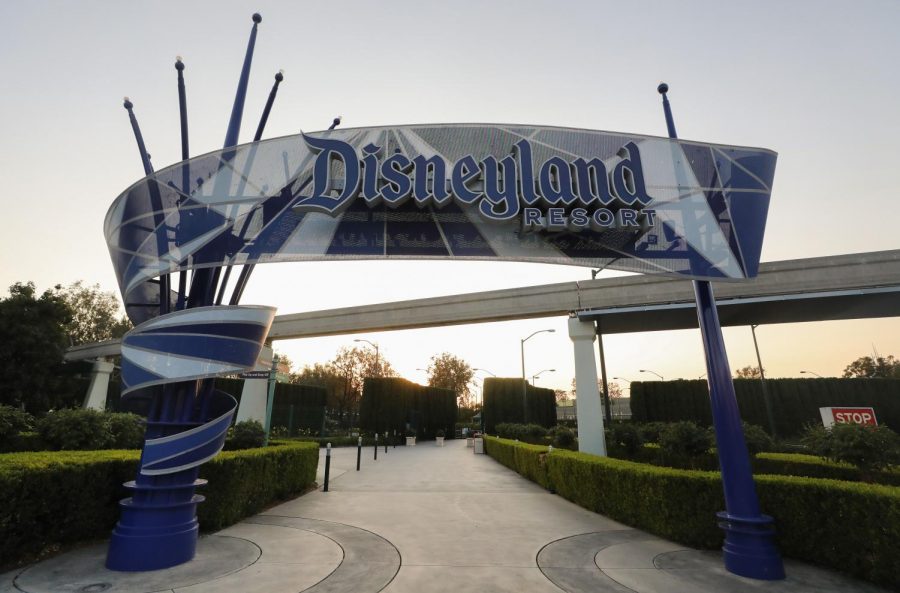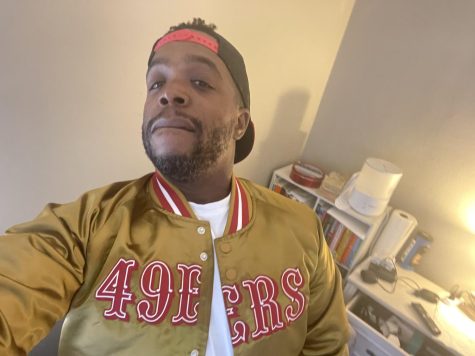Over the past two decades some consumers have become concerned about Disney’s continuous growth with media and entertainment acquisitions, fearing that the media and entertainment beast is slowly growing into a monopoly. With astute savviness, Disney has solidified itself as the media and entertainment behemoth that other companies could only envy. With much growth comes recognition both good and bad, as the FCC regulates all transactions and has to approve all potential deals.
A monopoly by definition, is the exclusive possession or control of the supply of a service. According to the letter of the law, Disney is an oligopoly, a state of limited competition in which a market is shared by a small number of producers or sellers. Disney seems like a monopoly because it’s the home of some of the most recognizable brands the world has seen. In the fiscal year of 2020, according to Jose Gabriel Navarro of Statista, Disney’s Global revenue was $65.39 billion and the total global revenue for the media industry was $400 billion.
Before it became a company boasting a $238.9 billion market cap, and owning as much as 40% of the U.S. movie and television industries, Disney at best was a mediocre cartoon studio in Hollywood, California, founded by brothers Walt and Roy Disney on October 16, 1923. Walt Disney formed “Laugh-o-gram Films” in 1920 that went bankrupt, but produced the classic “Alice’s Wonderland” that was eventually sold and parlayed into a six film contract. The man that is known for having the vision for the happiest place on earth and the company’s namesake had his share of business failures and setbacks on his journey to achieve his goals. After losing his most successful character called Oswald the Lucky Rabbit to former producers and animators, Walt Disney, who was on a train back to California at the time, created what could arguably be the most recognized animation character of all time, Mickey Mouse.
There could be no story about Disney without mention of the men who started this entertainment and media juggernaut. Roy Disney guided the business side and finances of the company, while Walt Disney was in charge of the creative side. Prior to Walt Disney’s death in 1966 Roy Disney was contemplating retirement but decided to postpone his retirement to oversee the construction of Disney world, in which he eventually renamed it Walt Disney World as a tribute to his brother.
The Disney Entertainment Company story is a story of vision, perseverance, dedication, and exceptional business acumen. Just about all of Disney’s acquisitions have been beneficial starting with the acquisition of Pixar in 2006 for $7.4 billion. Disney also went on to purchase Marvel Entertainment for $4 billion in August of 2009 and finished that six year run with the purchase of Lucasfilm in 2012. Disney’s most significant acquisition came in 1995 with the $19 billion purchase of Capital Cities/ABC because it gave Disney access to sports, due to ABC owning just about 80 percent of the worldwide leader in sports, known as ESPN.
Disney as a company, and as a man, has demonstrated an extraordinary drive to succeed. The founder of the company, Walt Disney found himself in very strenuous situations that could have broken a man on more than one occasion, but he had the strength and determination to persevere. It pointed to his character just by him not giving up in the face of adversity, but giving his company new life turning into one of the most, if not the most, dominant forces in the media and entertainment industries.


